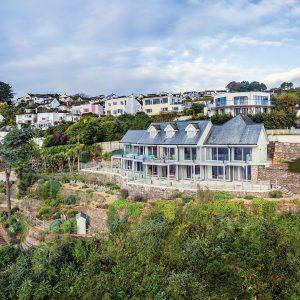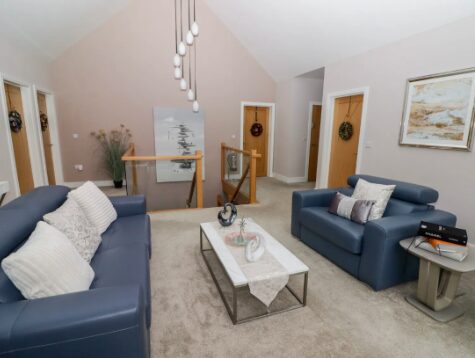Step 1
Checking that you have a valid claim and collecting all the data required to make the claim.
Checking that you have a valid claim and collecting all the data required to make the claim.
Property surveys; taking notes and photos for claim support, including measurements and floor plans.
Preparing a detailed analysis of all costs showing the tax treatment of them and the allowances being claimed.
Negotiating a settlement with HMRC.

Dove Rock, Cornwall

Wandsworth were able to assist our client by providing both a purchase claim and capex claim for a furnished holiday let property in Looe, Cornwall.

Swansea

Wandsworth were able to assist another of our clients by providing both a purchase claim and capex claim for a property in Swansea.

Read our FAQ's to get the answers you need right now.
Some UK property owners have second homes, either in the UK, or within other European Economic Area countries. What many don’t know is that if these are let out furnished for at least part of the year they may well qualify for significant tax advantages. The most important tax advantage during the period of ownership is capital allowances, this can reduce part if not all the tax payable on rental income received from UK income tax or corporation tax.
For a property to qualify as a Furnished Holiday Let (FHL) for tax purposes it has to pass a number of criteria and tests. In addition, the properties need to be located in the UK or the European Economic Area (EEA).
Often capital allowances are not claimed on qualifying FHL properties because the owner is not aware that they can or, due to the complexity of the legislation. If a FHL is let with a view to making a profit then it qualifies for capital allowances purposes as it is seen to be let on a commercial basis. It is worth noting lettings at undervalue rates to friends or family do not qualify as commercial lettings.
Capital allowances can be claimed in accordance with the Capital Allowances Act 2001 on what your business spends on certain assets that it owns and uses within the business providing certain conditions are met. They are available to sole traders, self-employed persons or partnerships, as well as companies and organisations liable for Corporation Tax. They aim to provide tax relief for the reduction in value of qualifying assets that you buy and own for business use by letting you write off their cost against the taxable income of your business.
Capital allowances are not the same as depreciation within the accounts as depreciation gets added back when calculating taxable profits. Capital allowances reduce taxable profits. Even if the property owner is aware that a property should qualify as a FHL, there is often confusion over what can be claimed and the value of the claim.
Capital allowances relief is available on expenditure incurred on plant and machinery (P&M), which includes P&M fixtures already installed in buildings when a property is acquired. Below are some examples of qualifying P&M:
Where the P&M was acquired as part of the overall property purchase price, the claim is based upon an apportionment of the purchase price. Apportionment claims require specialist valuations of what it would cost to buy the land and reconstruct the building at the date of purchase. On subsequent expenditure, details of the cost information will be required to be able to analyse the costs. Integral features attract capital allowances at the rate of 6% per annum, whilst all general pool P&M will be allowable at the higher rate of 18% per annum. These writing-down allowances are given on a reducing balance basis.
The services provided were great and we achieved a fantastic result on both our capital allowances and research and development claims. Their advice and insight has been really helpful on our recent projects. We would be more than happy to recommend them.
FD, Honest Burgers
We engaged Wandsworth to complete a comprehensive review of our Capital Allowances position. A process that can be resource and time intensive for businesses internally, was handled with experience, expertise and skill. Wandsworth were able to assist us to maximise our potential tax relief with their specialist knowledge in this area. Throughout the process the communication was excellent and the team were a pleasure to work with.
Kerry Food Group
Wandsworth are standout advisors in this specialist area. Their advice greatly benefits our clients and further enhances our comprehensive range of services for building owners redeveloping their properties.
Corep
The team at Wandsworth have repeatedly helped us to compile our R&D submissions. They have built an in-depth understanding of our organisation, expertly deploying their specialism, working directly with colleagues across our business, to ensure compliance with the latest legislation.
CPO, Eriks Industrial Services
